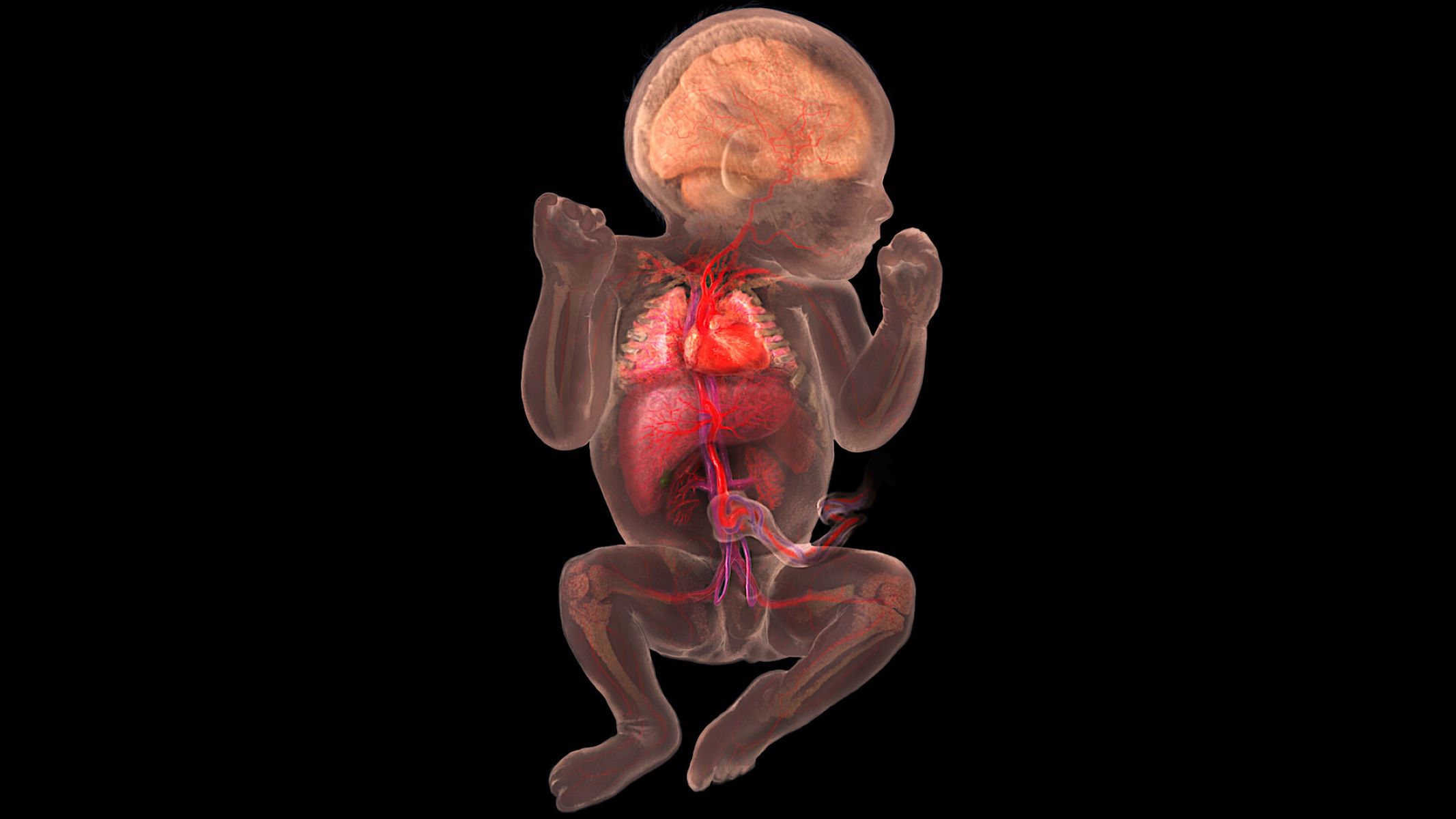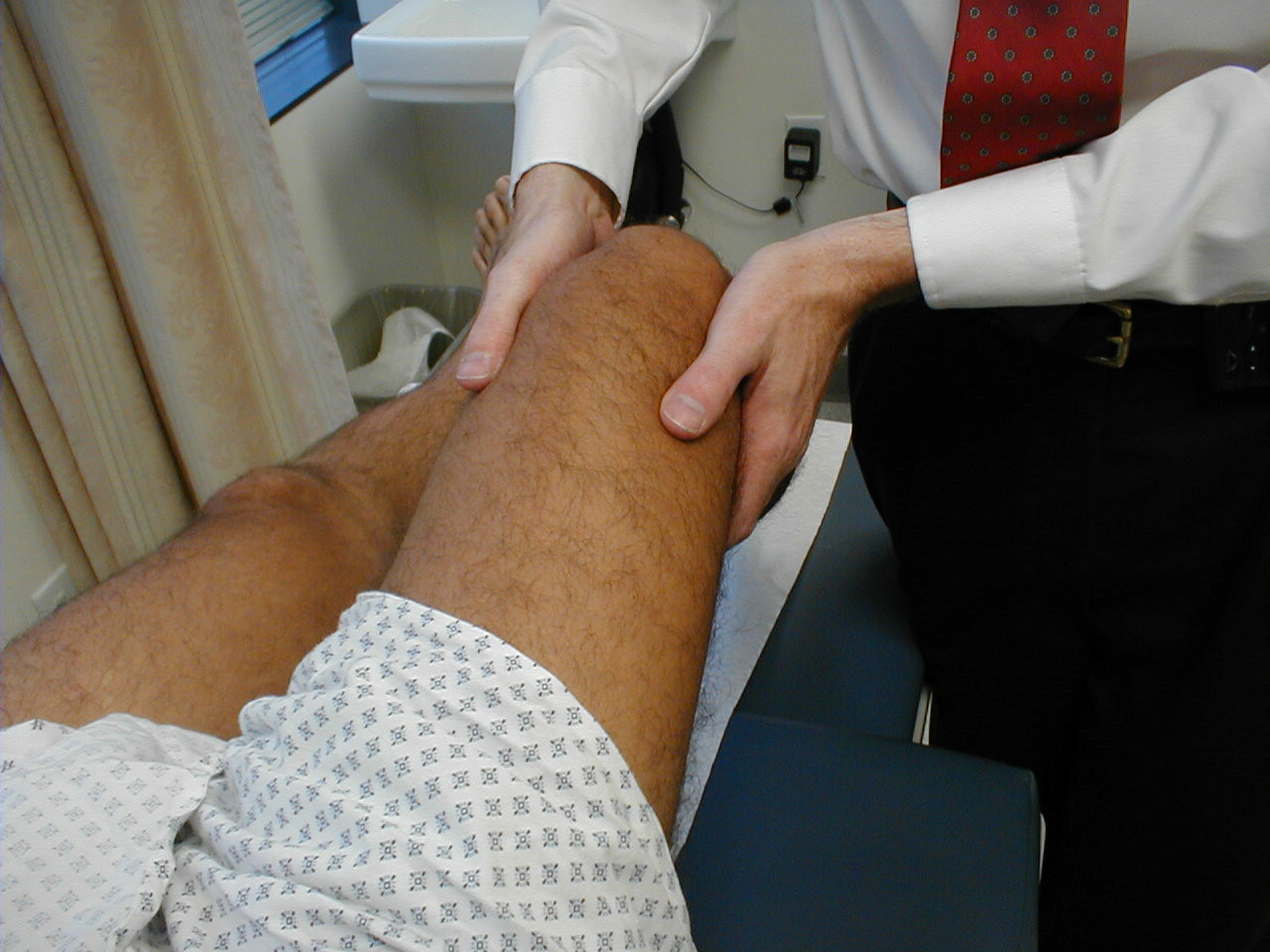
Atresia is a congenital condition where a body passage or opening fails to develop properly. This can impact various parts of the body, such as the esophagus, intestines, bile ducts, and urinary tract. Symptoms depend on the affected area but often include feeding difficulties, vomiting, jaundice, or urinary issues. Causes are usually unknown but may involve genetic factors, environmental exposures, or maternal infections. Diagnosis typically involves physical exams, imaging studies, and blood tests. Treatment often requires surgical intervention to restore normal function. Understanding atresia is crucial for early detection and effective management, improving the quality of life for those affected.
What is Atresia?
Atresia is a congenital condition where a body passage or opening fails to develop properly. This can affect various parts of the body, leading to different symptoms and complications.
-
Definition and Scope: Atresia is characterized by the absence or narrowing of a normal anatomical passage, which can occur in any part of the body.
-
Types of Atresia: There are several types, including esophageal, intestinal, biliary, and urinary tract atresia.
Causes of Atresia
Understanding the causes of atresia can help in early detection and prevention. While the exact causes are often unknown, several factors contribute to its development.
-
Genetic Factors: Some cases may be linked to genetic mutations.
-
Environmental Factors: Exposure to certain toxins during pregnancy might increase the risk.
-
Infections: Maternal infections during pregnancy could play a role.
Symptoms of Atresia
The symptoms of atresia vary depending on the type and severity. Recognizing these symptoms early can lead to timely intervention.
-
Esophageal Atresia: Difficulty feeding, regurgitation of food, and respiratory distress.
-
Intestinal Atresia: Vomiting, abdominal distension, and failure to pass meconium.
-
Biliary Atresia: Jaundice, pale stools, and dark urine.
-
Urinary Tract Atresia: Infrequent urination, urinary tract infections, and kidney damage.
Diagnosing Atresia
Diagnosis typically involves a combination of clinical evaluation and imaging studies. Early diagnosis is crucial for effective treatment.
-
Physical Examination: Identifying signs such as abdominal distension or jaundice.
-
Imaging Studies: Ultrasound, X-rays, CT scans, and MRI to visualize the affected area.
-
Blood Tests: To check for liver function and other metabolic abnormalities.
Treatment Options for Atresia
Treatment varies based on the type and severity of atresia. Most cases require surgical intervention.
-
Surgical Repair: The primary treatment for most types of atresia involves surgical intervention to restore normal anatomy.
-
Palliative Care: For severe cases, palliative care focuses on managing symptoms and improving quality of life.
-
Medical Management: Medications may be used to manage symptoms and complications.
Surgical Techniques
Different types of atresia require different surgical techniques. These procedures aim to correct the anatomical defects.
-
Esophageal Atresia: The most common procedure is the "end-to-end" anastomosis.
-
Intestinal Atresia: Repair involves resecting the affected segment and reconnecting the intestine.
-
Biliary Atresia: The Kasai procedure is often performed to create a new bile duct.
Complications of Atresia
Untreated or inadequately treated atresia can lead to various complications. Awareness of these complications can prompt timely medical intervention.
-
Respiratory Distress: In esophageal atresia, feeding difficulties can lead to respiratory complications.
-
Infection: Intestinal atresia increases the risk of bacterial overgrowth and infection.
-
Liver Damage: Untreated biliary atresia can lead to cirrhosis and liver failure.
Prognosis of Atresia
The prognosis for atresia varies widely depending on the type and severity. Early and effective treatment can significantly improve outcomes.
-
Esophageal Atresia: With timely surgical intervention, most children recover fully.
-
Intestinal Atresia: The prognosis is generally good, but complications can arise if not treated promptly.
-
Biliary Atresia: The prognosis is poorer if treatment is delayed, often requiring liver transplantation.
Genetic Counseling and Prenatal Diagnosis
Genetic counseling and prenatal diagnosis are crucial for families with a history of atresia. These services can help in planning and early detection.
-
Genetic Counseling: Understanding the genetic risk factors can help in planning future pregnancies.
-
Prenatal Testing: Prenatal ultrasound and other tests can detect congenital anomalies during pregnancy.
Postnatal Care and Psychological Support
Postnatal care and psychological support are essential for managing symptoms and preventing complications. Emotional support for families is also crucial.
-
Nutritional Support: Ensuring adequate nutrition through feeding tubes or oral supplements.
-
Monitoring: Regularly monitoring vital signs and symptoms for early detection of complications.
-
Counseling: Providing emotional support and coping strategies.
-
Support Groups: Joining support groups can connect families with others who have experienced similar challenges.
Advancements in Treatment and Research
Ongoing research and advancements in medical technology continue to improve outcomes for patients with atresia.
-
Minimally Invasive Surgery: Techniques like laparoscopy reduce recovery time and scarring.
-
Pediatric Surgical Specialties: The development of pediatric surgical specialties has led to more specialized care.
-
Genetic Studies: Identifying genetic markers to better understand the causes of atresia.
-
New Surgical Techniques: Developing new surgical techniques to minimize complications and improve outcomes.
Public Awareness and International Collaboration
Public awareness and international collaboration are essential for early detection, prevention, and advancing research.
-
Screening Programs: Implementing screening programs during prenatal care.
-
Educational Materials: Providing educational materials for parents and healthcare providers.
-
Global Conferences: Participating in global conferences to discuss the latest advancements.
-
Collaborative Studies: Conducting collaborative studies to gather more comprehensive data.
Ethical and Cultural Considerations
Ethical and cultural considerations are crucial in managing atresia. Respecting patient autonomy and cultural sensitivity can improve care.
-
Informed Consent: Ensuring that parents are fully informed about the diagnosis and treatment options.
-
Cultural Competence: Healthcare providers should be culturally competent to address the unique needs of different communities.
Final Thoughts on Atresia
Atresia, a congenital defect, disrupts normal body passages, affecting areas like the esophagus, intestines, bile ducts, and urinary tract. Understanding its causes, symptoms, diagnosis, and treatment is crucial for effective management. Early diagnosis through prenatal and postnatal care can significantly improve outcomes. Surgical repair remains the primary treatment, but advancements in minimally invasive techniques are making recovery easier. Genetic counseling and psychological support are essential for families navigating this condition. Public awareness, ongoing research, and international collaboration are vital for improving care and outcomes. By staying informed and advocating for better healthcare services, we can support those affected by atresia and work towards a brighter future.
Was this page helpful?
Our commitment to delivering trustworthy and engaging content is at the heart of what we do. Each fact on our site is contributed by real users like you, bringing a wealth of diverse insights and information. To ensure the highest standards of accuracy and reliability, our dedicated editors meticulously review each submission. This process guarantees that the facts we share are not only fascinating but also credible. Trust in our commitment to quality and authenticity as you explore and learn with us.


